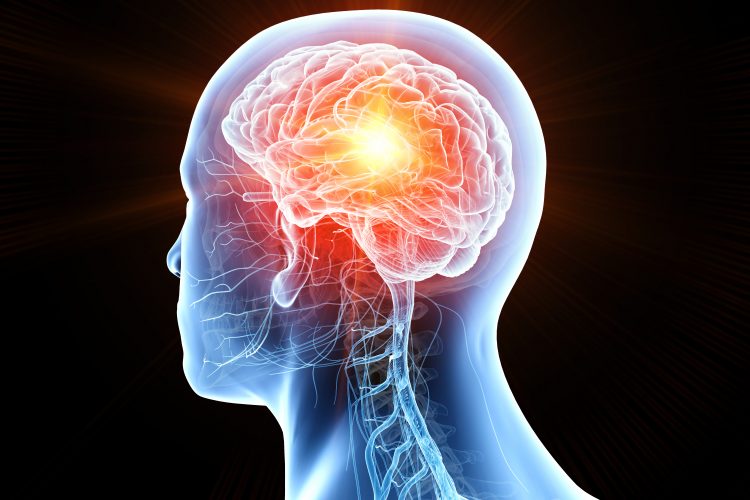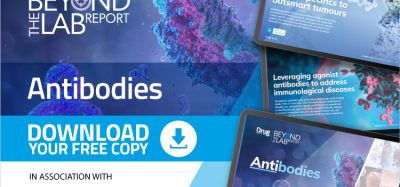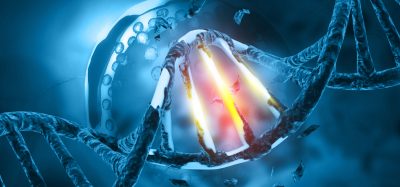Brain injury may drive the development of cancer
Posted: 5 January 2021 | Hannah Balfour (Drug Target Review) | No comments yet
A new study reveals that the healing process following a brain injury could initiate the growth of glioblastoma cancers.


According to the researchers, new cells generated to replace those lost in a brain injury can be derailed by mutations, giving rise to a tumour. The team said their findings could lead to a new therapy for glioblastoma, the most common high grade primary brain tumour in adults.
Glioblastoma is the second most common brain tumour; it is highly aggressive and has limited treatment options. As a result, the average lifespan is 15 months after diagnosis.
“Glioblastoma can be thought of as a wound that never stops healing,” said Dr Peter Dirks, the Head of the Division of Neurosurgery and a Senior Scientist in the Developmental and Stem Cell Biology program at The Hospital for Sick Children (SickKids), Canada, and leader of the pan-Canadian Stand Up To Cancer Canada Dream Team that focuses on glioblastoma. “Our data suggest that the right mutational change in particular cells in the brain could be modified by injury to give rise to a tumour… We are excited about what this tells us about how cancer originates and grows and it opens up entirely new ideas about treatment by focusing on the injury and inflammation response.”
In the study published in Nature Cancer, the researchers applied the latest single-cell RNA sequencing and machine learning technologies to map the molecular make-up of the glioblastoma stem cells (GSCs), which are responsible for tumour initiation and recurrence after treatment.
They collected GSCs from 26 patients’ tumours and expanded them in the lab, then analysed the resulting cells using single-cell RNA sequencing. The study shows that the tumours were highly heterogeneous, containing multiple subpopulations of molecularly distinct cancer stem cells, and that each tumour has two potential molecular states – termed “Developmental” and “Injury Response” – or exists on a gradient between the two.
In the developmental state GSCs resemble the rapidly dividing stem cells found in the growing brain before birth.
The second state was as a surprise to the team, named “Injury Response” because these GSCs showed an upregulation of immune pathways and inflammation markers, such as interferon and TNF-alpha, which are indicative of wound healing processes. According to Dirks, this suggests that some glioblastomas start to form when the normal tissue healing process are disrupted by mutations, possibly even many years before patients become symptomatic.
The team said the relative comingling of the two states was patient-specific, so they are now looking for drugs that are effective on different points of this gradient for tailored therapies.
Dr Trevor Pugh, Senior Scientist at the Princess Margaret Cancer Centre and the Director of Genomics at the Ontario Institute for Cancer Research, both Canada, concluded: “There is a real opportunity here for precision medicine – to dissect patients’ tumours at the single cell level and design a drug cocktail that can take out more than one cancer stem cell subclone at the same time.”
Related topics
Analysis, Analytical Techniques, Cell Cultures, Disease Research, Drug Targets, Oncology, Sequencing
Related conditions
Glioblastoma
Related organisations
Ontario Institute for Cancer Research, Princess Margaret Cancer Centre, The Hospital for Sick Children (SickKids)
Related people
Dr Peter Dirks, Dr Trevor Pugh








